It should be rather easy to select the proper floor protectors for the furniture, but for many people it becomes a real headache. Nevertheless, there are hundreds of models on the market, not many of them meet the expectations. People who spend their money on high-quality flooring expect their floors to look as good as new for many years. But the reality is often quite different when people try to find the right solution for protecting the floors from scratches, dents and wear which are inevitable with furniture.
A significant issue that consumers face is low quality product adhesion. There are many self-adhesive felt pads in the market that claim to have a strong bond but they do not last long. The pads may begin to peel off within a few days after application, thereby leaving the furniture legs exposed and at risk of getting damaged. In some cases, the adhesive sticks to the furniture and leaves a sticky residue behind which is another inconvenience for the homeowner to clean up. However, even if the felt pads are stuck well to the surface, they are prone to compressing and thus losing their ability to offer protection and cushioning to the floor. This lack of durability means that replacements are often necessary, something that is frustrating to consumers who had hoped for better from the product.
Another common frustration is sizing. It can be quite a challenge to find protectors that are suitable for fitting specific furniture legs for many consumers. If the legs are round, square or have any other shape, it is possible that the floor protectors which are available do not match. One does not always get one size that fits all with the standardized sizes, thus leaving many customers with protectors that either do not fit well and are therefore not very efficient or are too big and likely to slip off easily. Some manufacturers provide ‘trim to fit’ protectors but this only creates more confusion. Not everyone knows how to measure their furniture legs so they can fit them into the protectors and even cutting the felt yourself might not give you the best fit. This uncertainty in sizing makes it quite difficult for people to know what product would be the best for them.
This paper also notes that misleading product claims also annoy consumers. There are floor protectors that are marketed to be made of premium materials or to have extra durable felt but in reality they are not as good as advertised. What may be touted to be a long-lasting product may turn out to be rather short-lived, which will be a disappointment. Some of them claim to be suitable for use with all types of floors when in fact they are not suitable for certain floors. People use product descriptions, packaging, and online reviews to make their decisions, but the quality of the products is quite inconsistent, so it is difficult to tell which products will actually work as intended.
The problem is especially great when it comes to protecting the floors from heavy furniture. Huge items like sofas, dining tables or pianos cannot be protected by basic felt pads. These heavy items can depress standard felt pads within a short time or even worse, roll on the floor and cause damage to the furniture and the floor. Castor cups with felt are better for such pieces than the usual foam or rubber sleeves, but many people have found that these are not easily obtainable in the market. This lack of appropriate protectors for heavy furniture thus adds to the problem.
This is because, the market for floor protectors is flooded with low quality products that are produced in large quantities and the customer has no way of telling the better products from the others. People tend to turn to online reviews to solve the problem but they usually find that there are divergent opinions as different people have divergent experiences with the same products. Also, counterfeits are readily available in the market, adding to the already confused customers who are looking for a solution that works. At times, people resort to home-based solutions such as fabric cutting or material reuse but such solutions are usually poor and do not offer the necessary protection.
So, then, how can people overcome these frustrations?
First, they should look for certain indicators of quality. High quality floor protectors are made with durable felt material, have industrial strength adhesive that provides a strong bond, and are made to fit securely onto furniture legs. For those who have heavier furniture, castor cups with the felt inserted offer more stability and better long term protection. When purchasing protectors, consumers should also look for brands that offer product testing information, clear sizing information and real customer reviews to help them make the right decision.
Manufacturers also have a chance to improve customer satisfaction.
It is therefore important for them to provide a larger variety of sizes, metric measurements and better adhesion systems that would assist the customers in selecting the appropriate protector for their furniture. Compatibility of products with diverse types of flooring and ability to support different weights of furniture will greatly increase customer satisfaction and build stability in the industry.
In conclusion it is possible to select proper floor protectors without a lot of hassle. From this article, we hope you learnt the typical problems that people encounter when choosing protectors, how to tell a good product, and how to select a reliable brand that will help you protect your floors without the headaches. It is therefore advisable for homeowners to invest in good floor protectors so that they do not have to spend a lot of time, money and effort replacing them in the future.

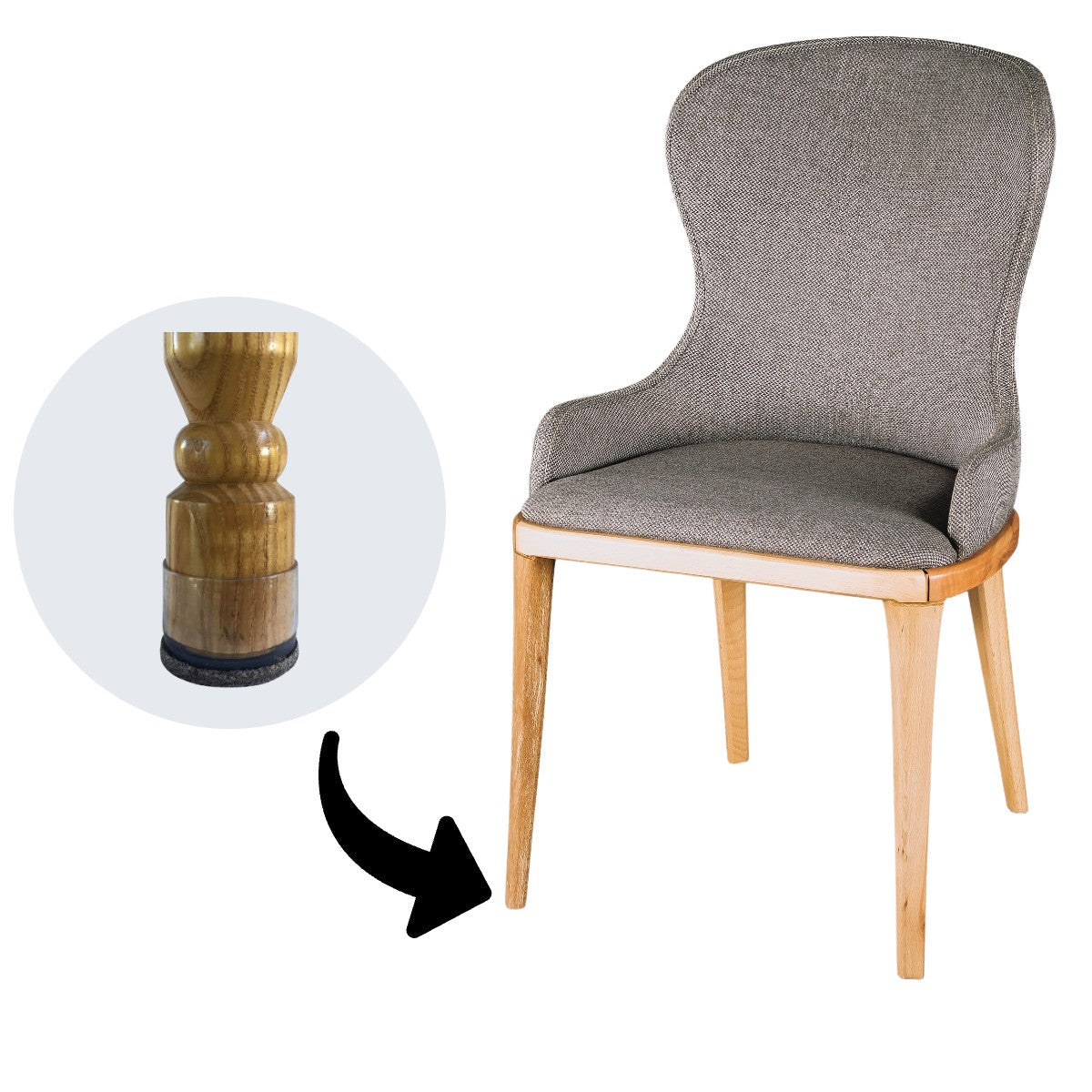
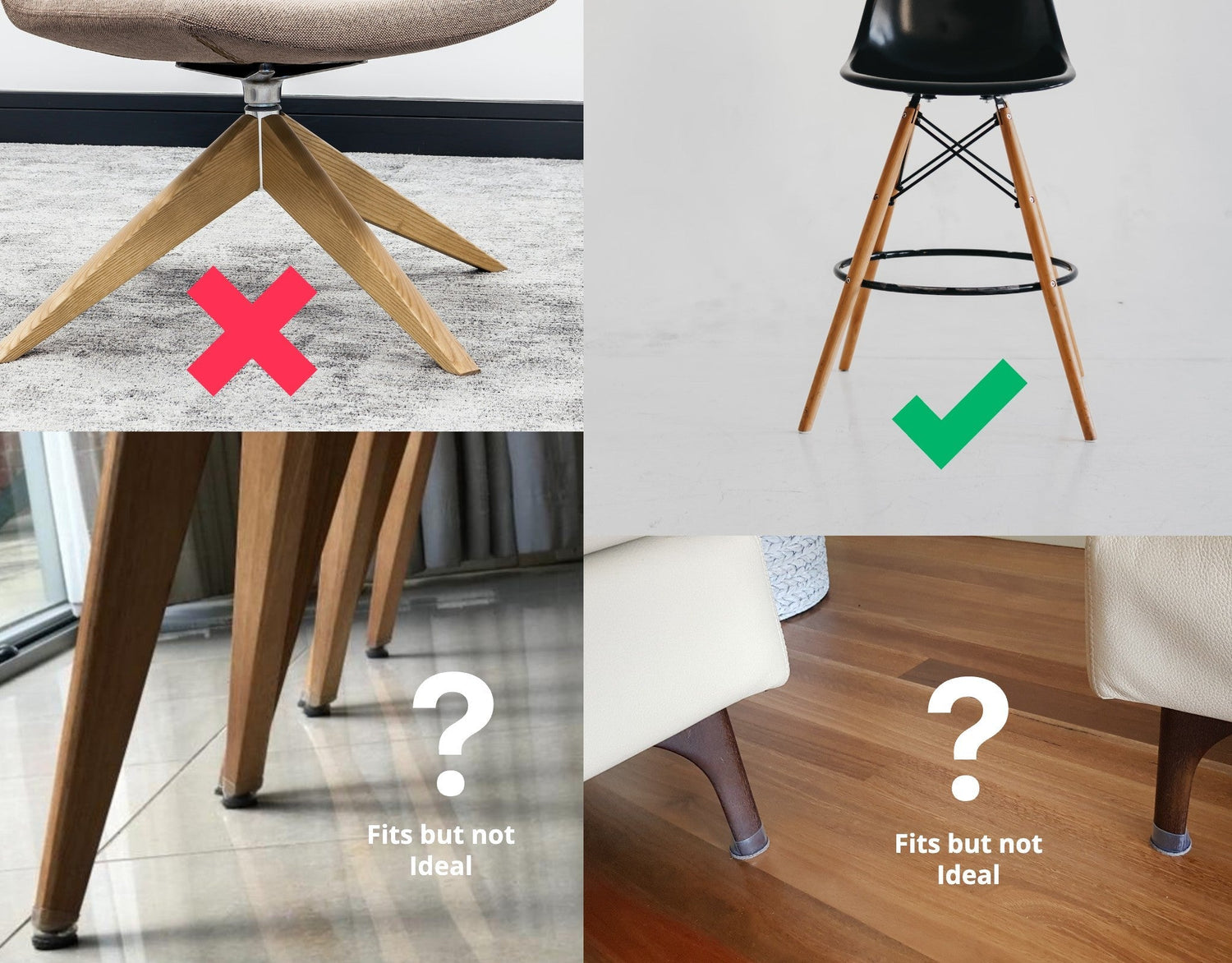
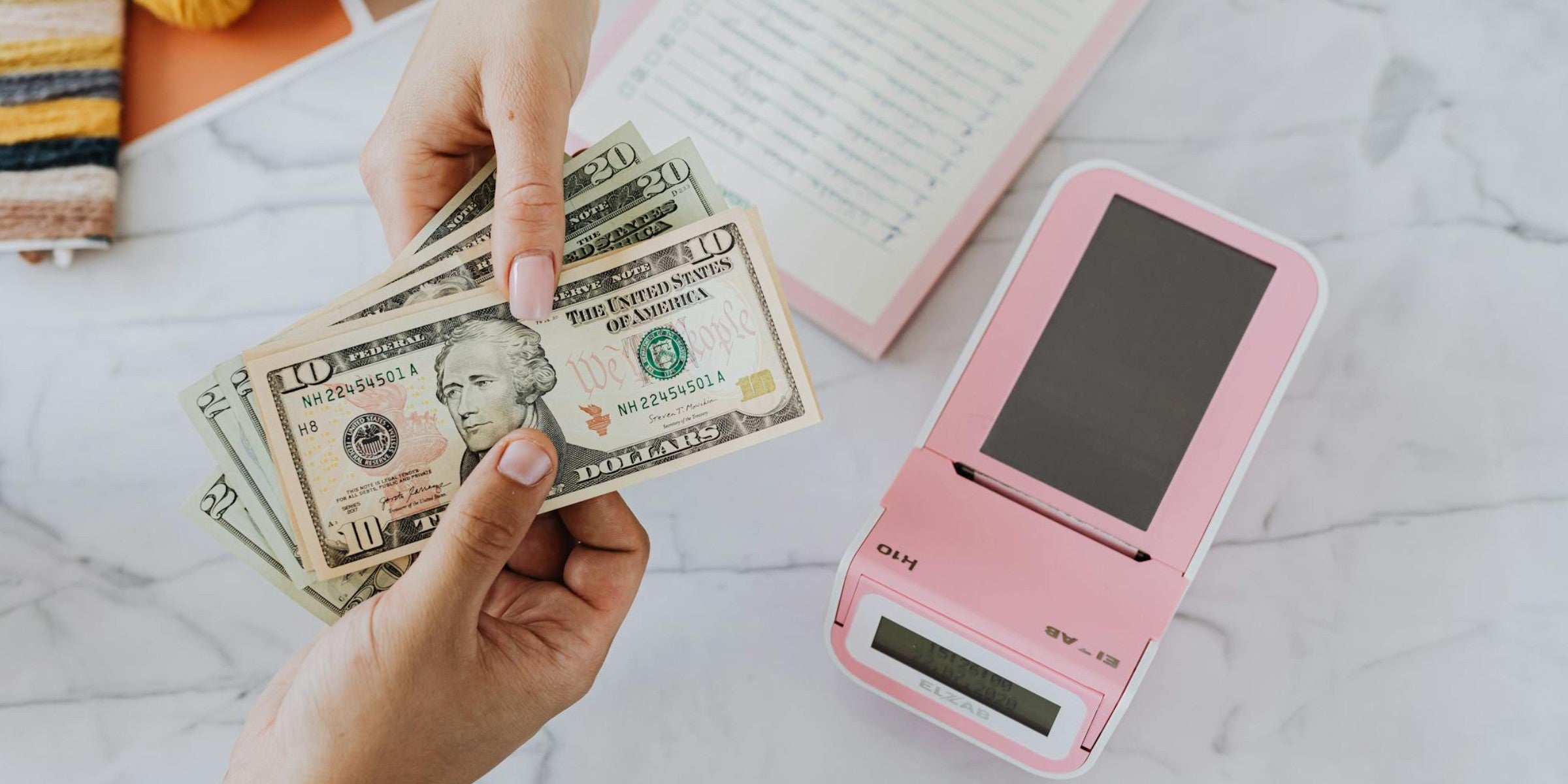

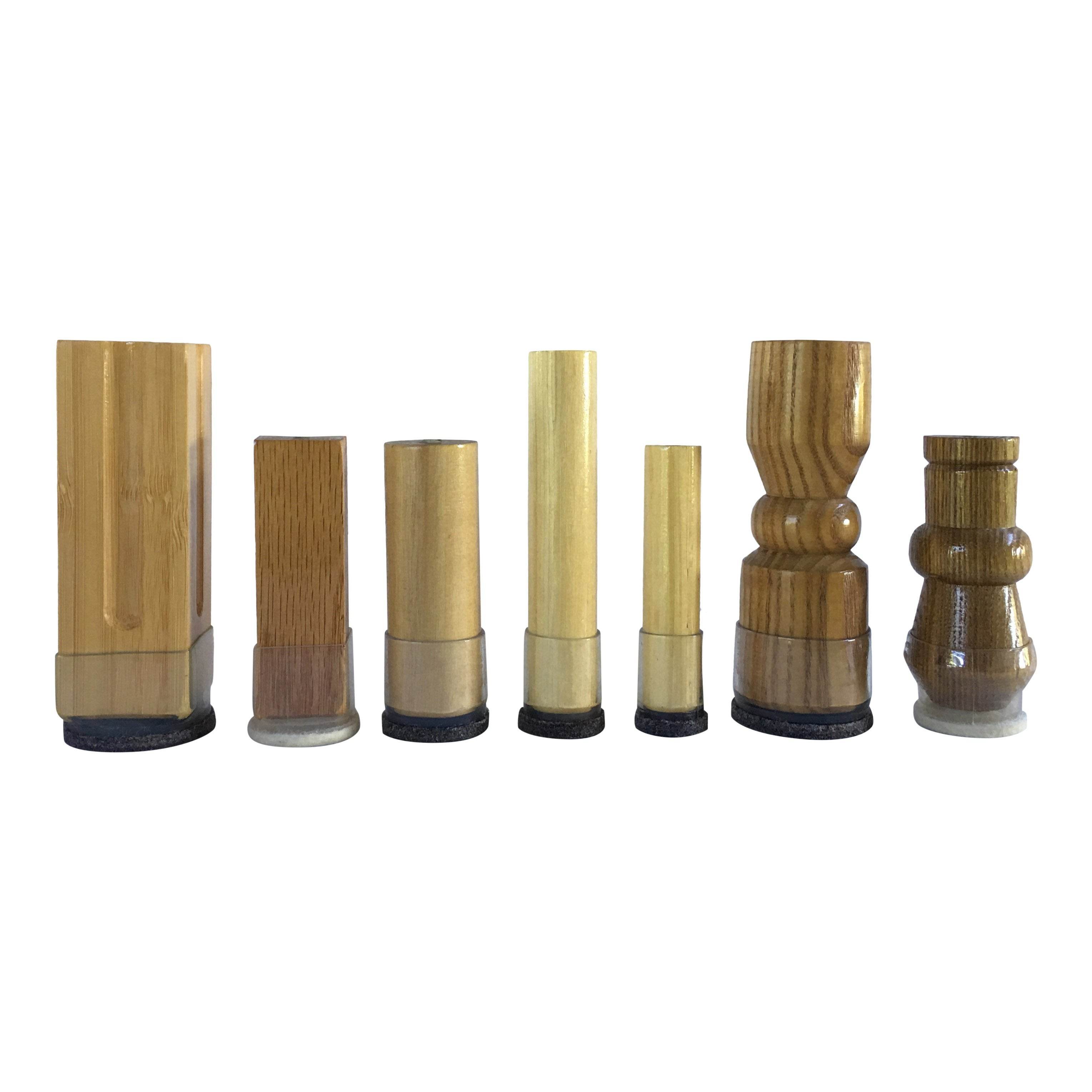
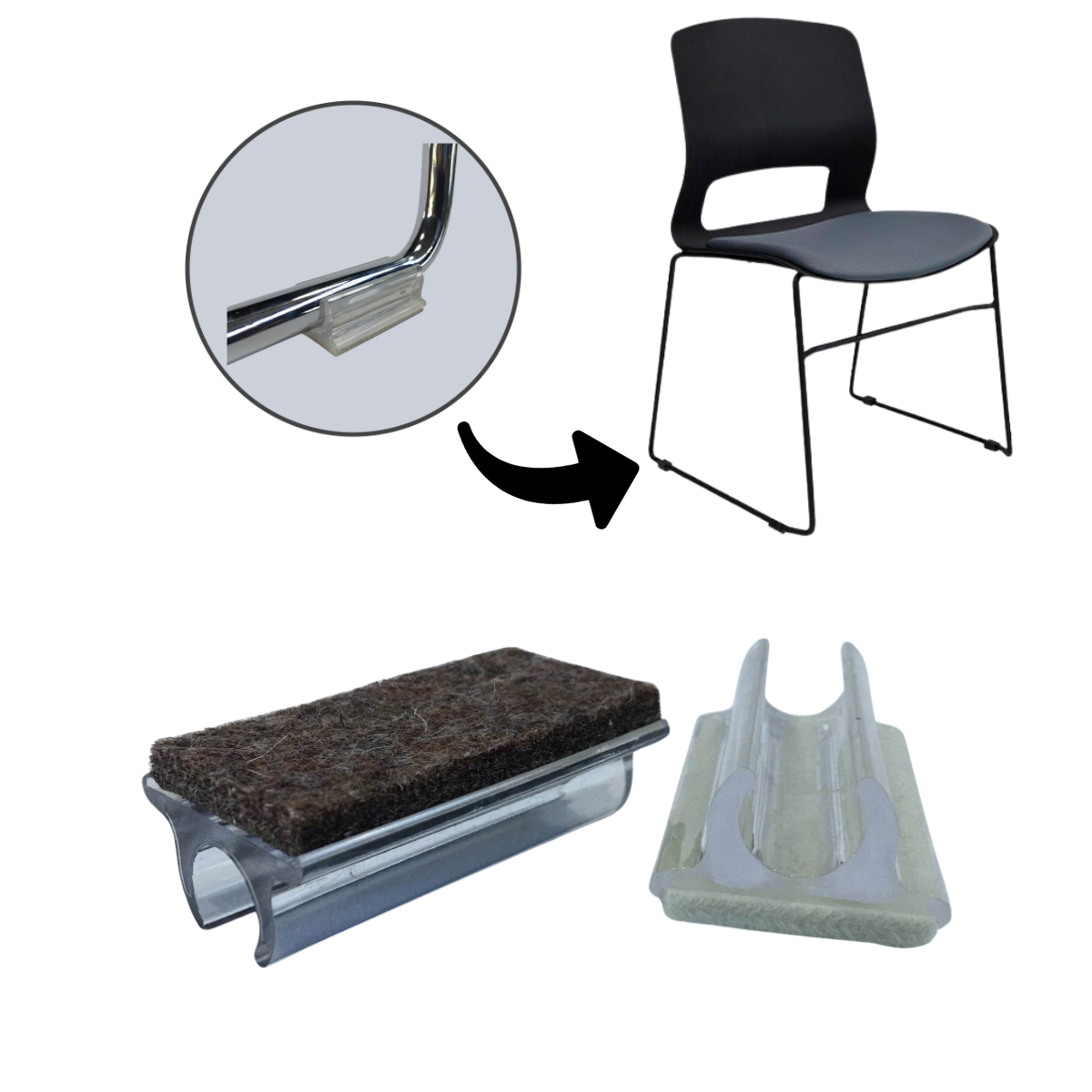
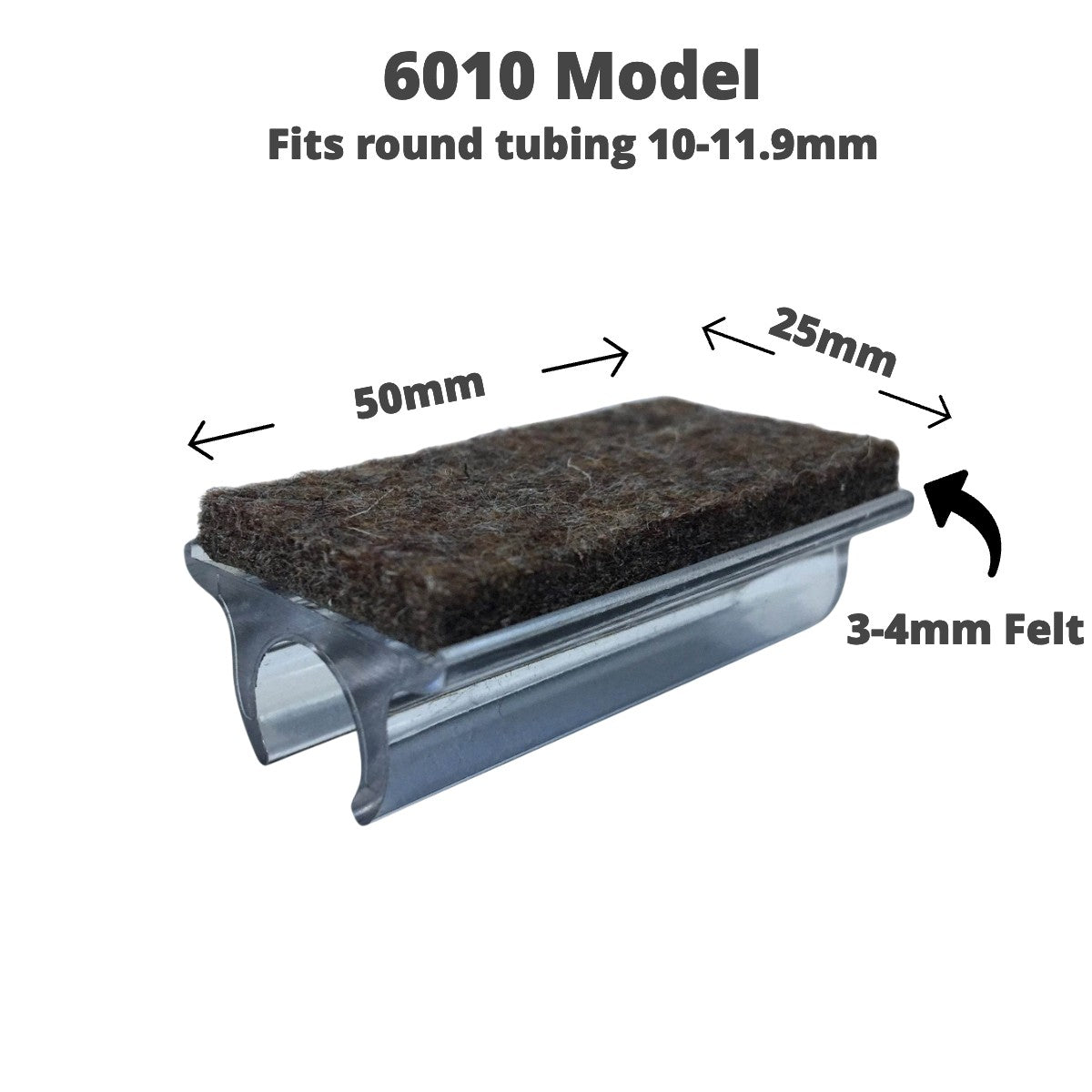
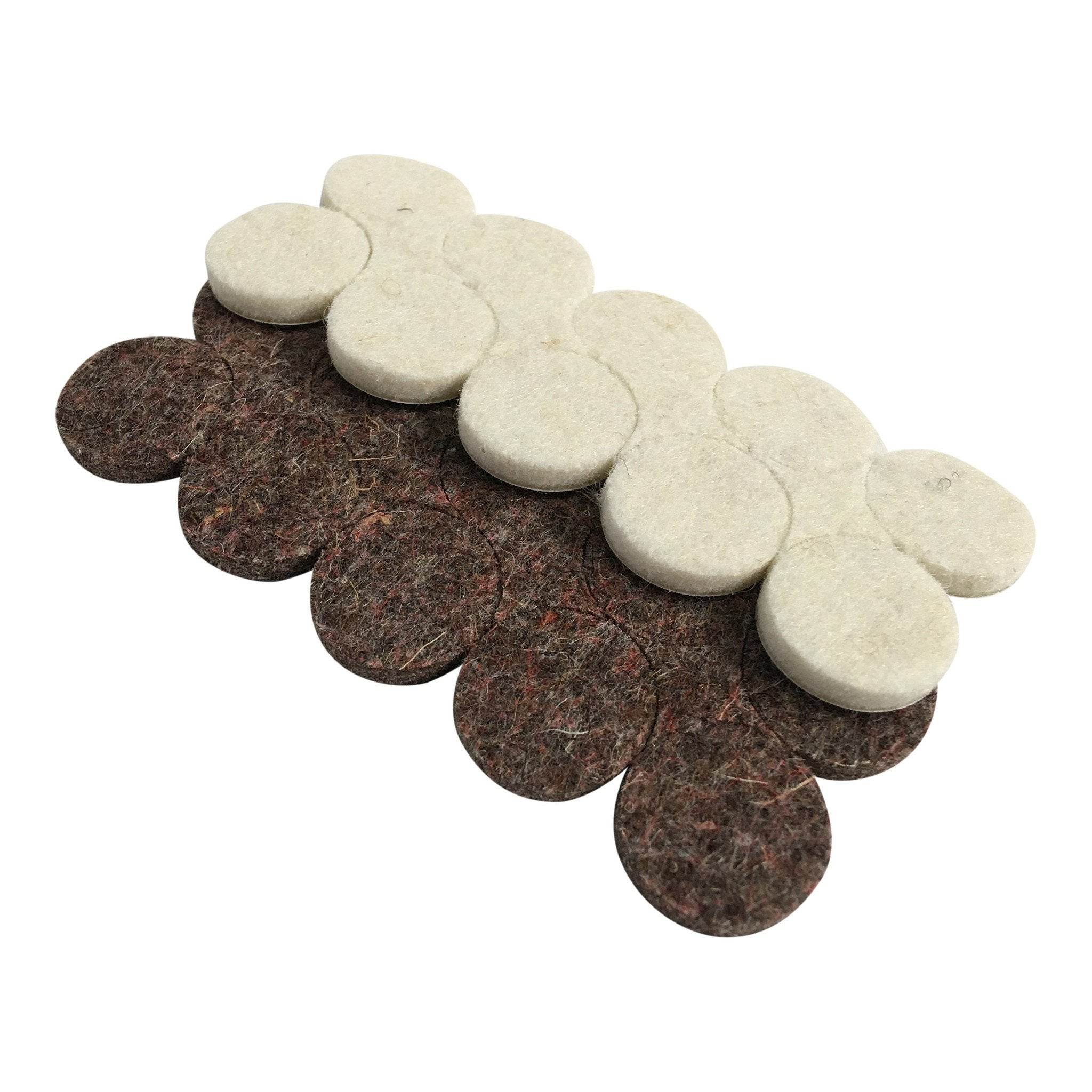
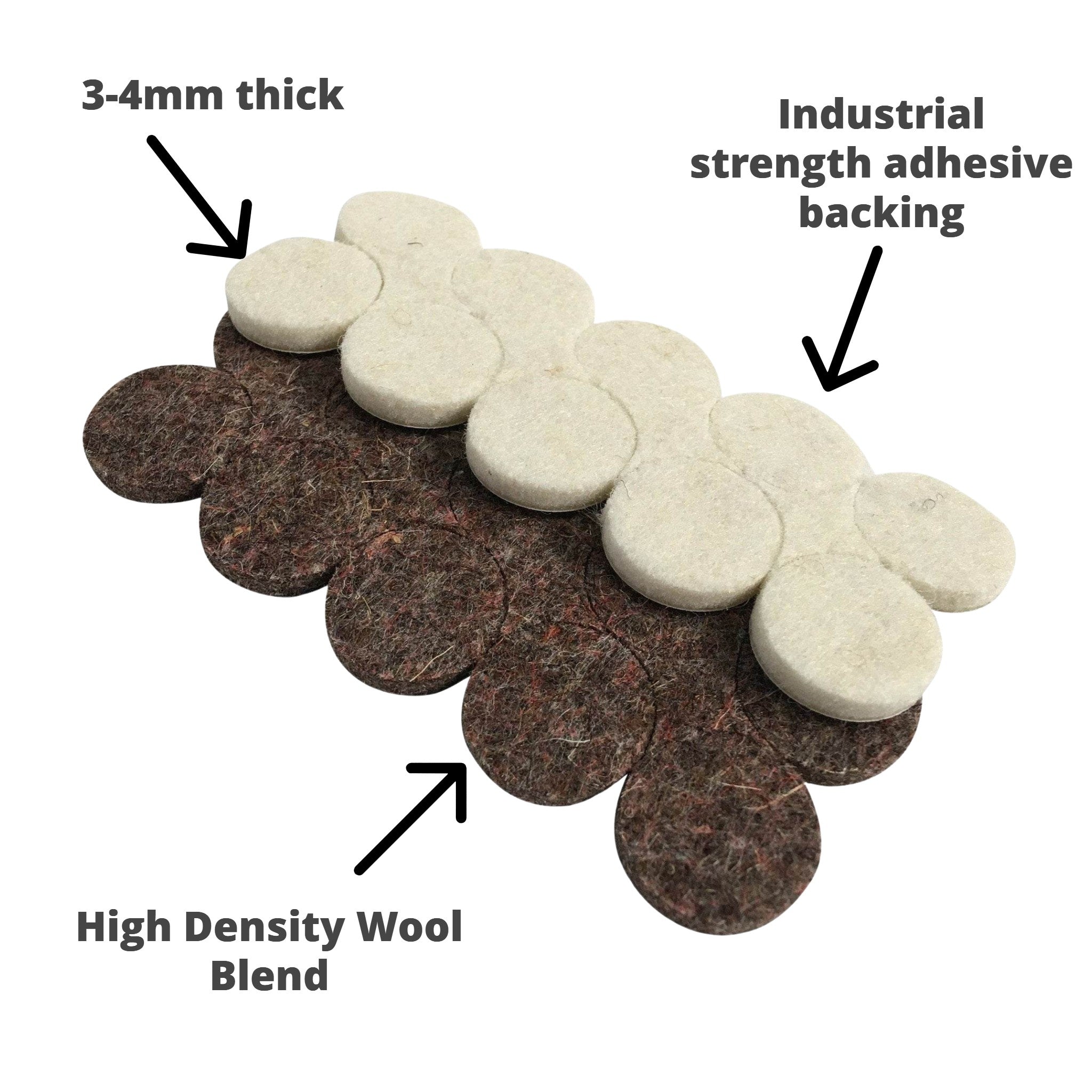
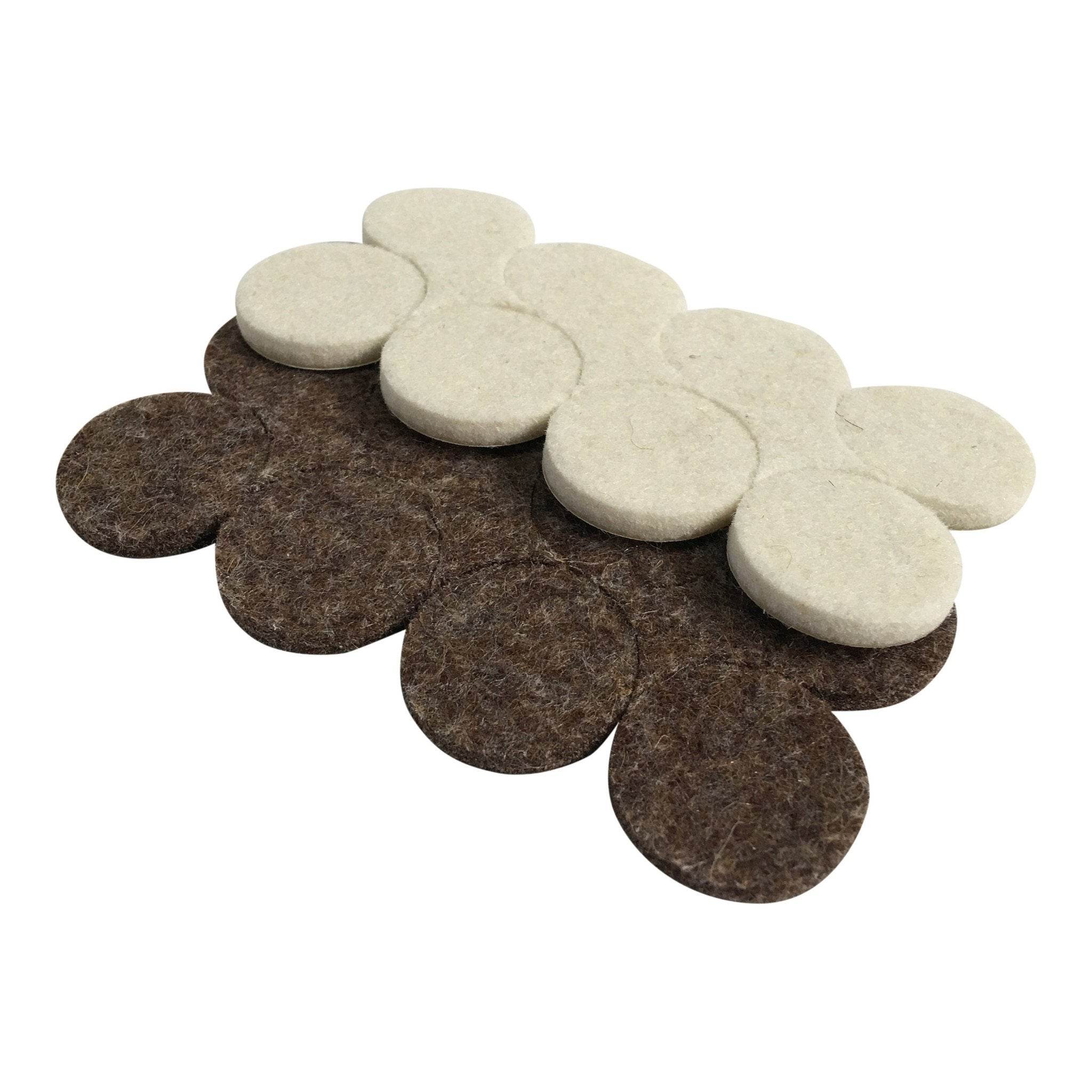
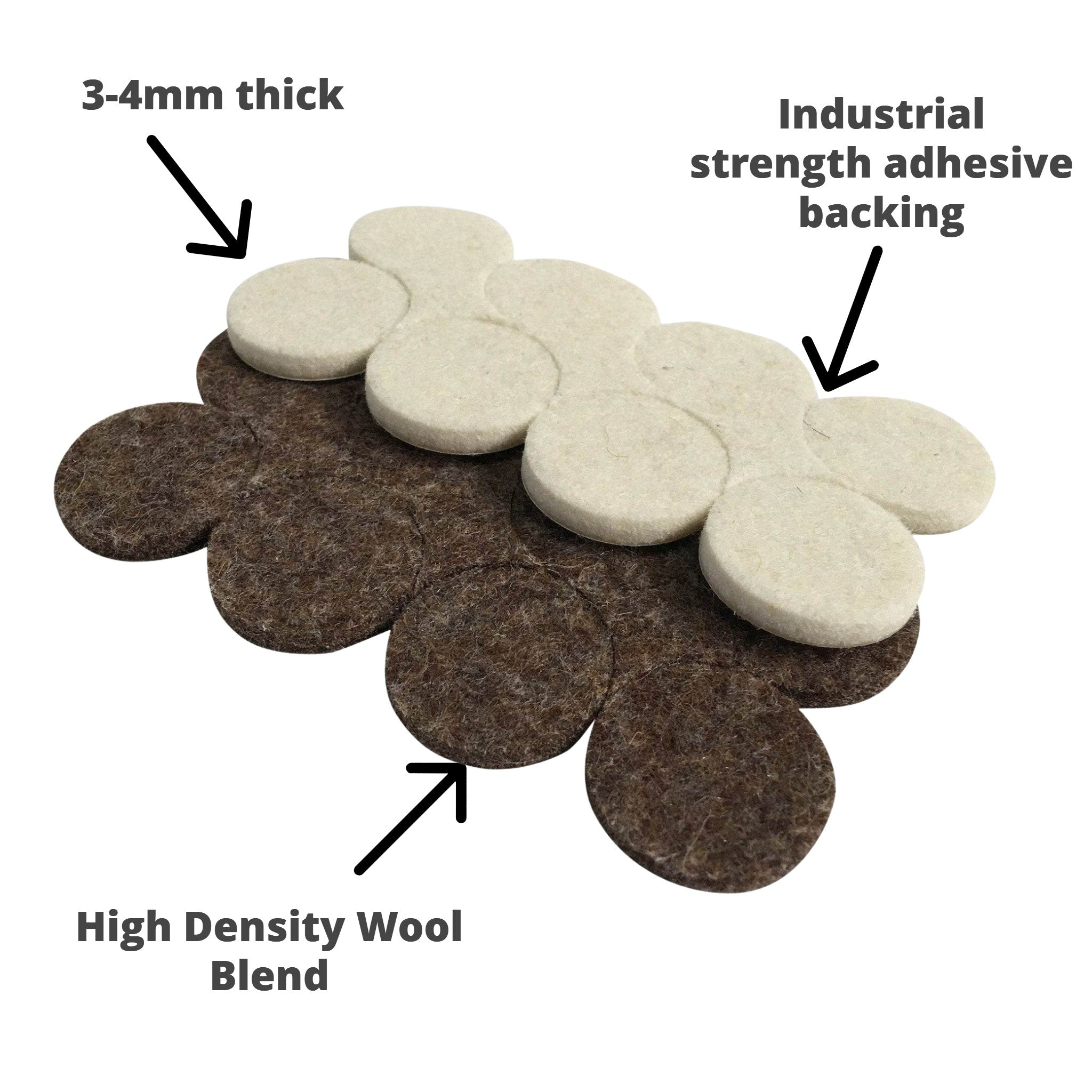
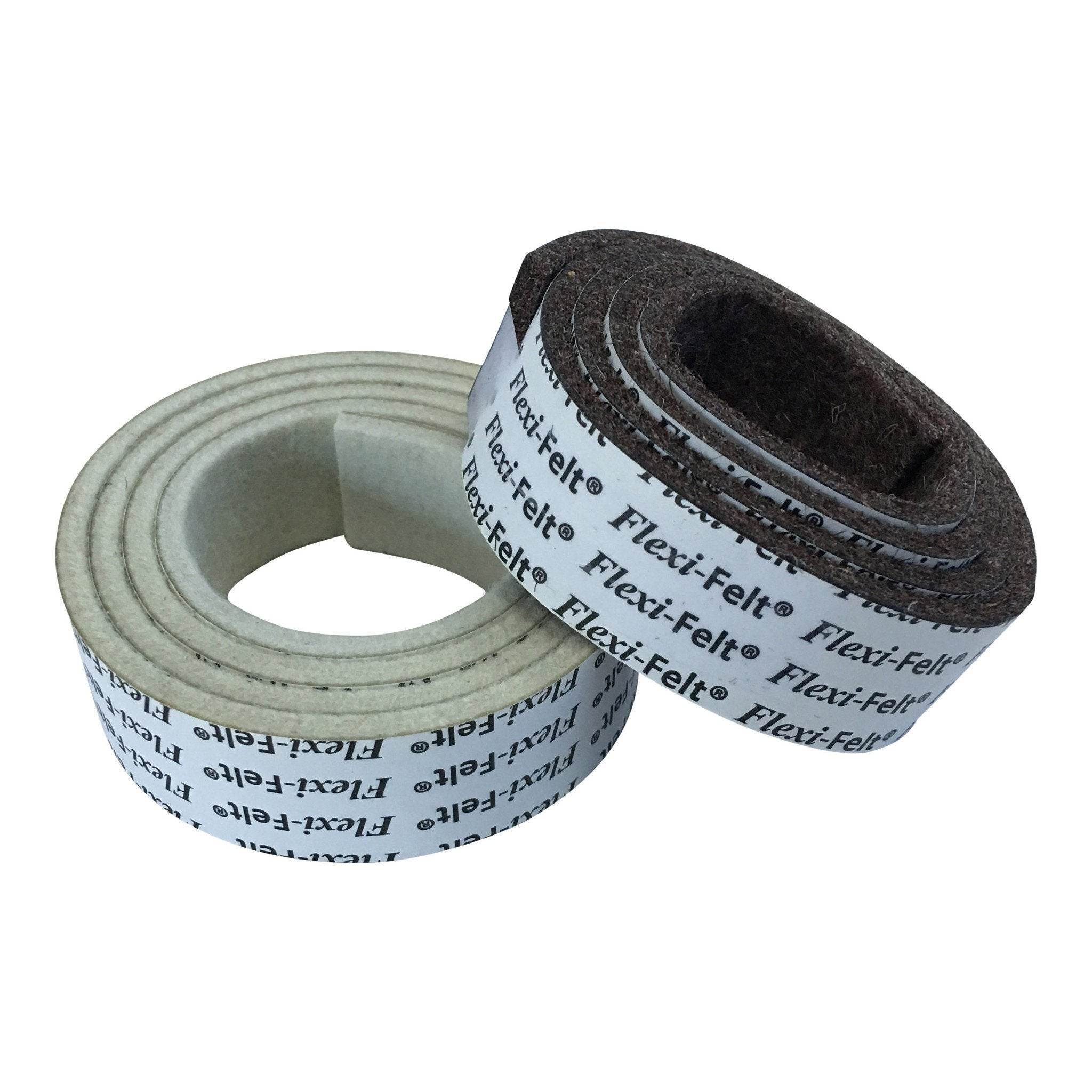
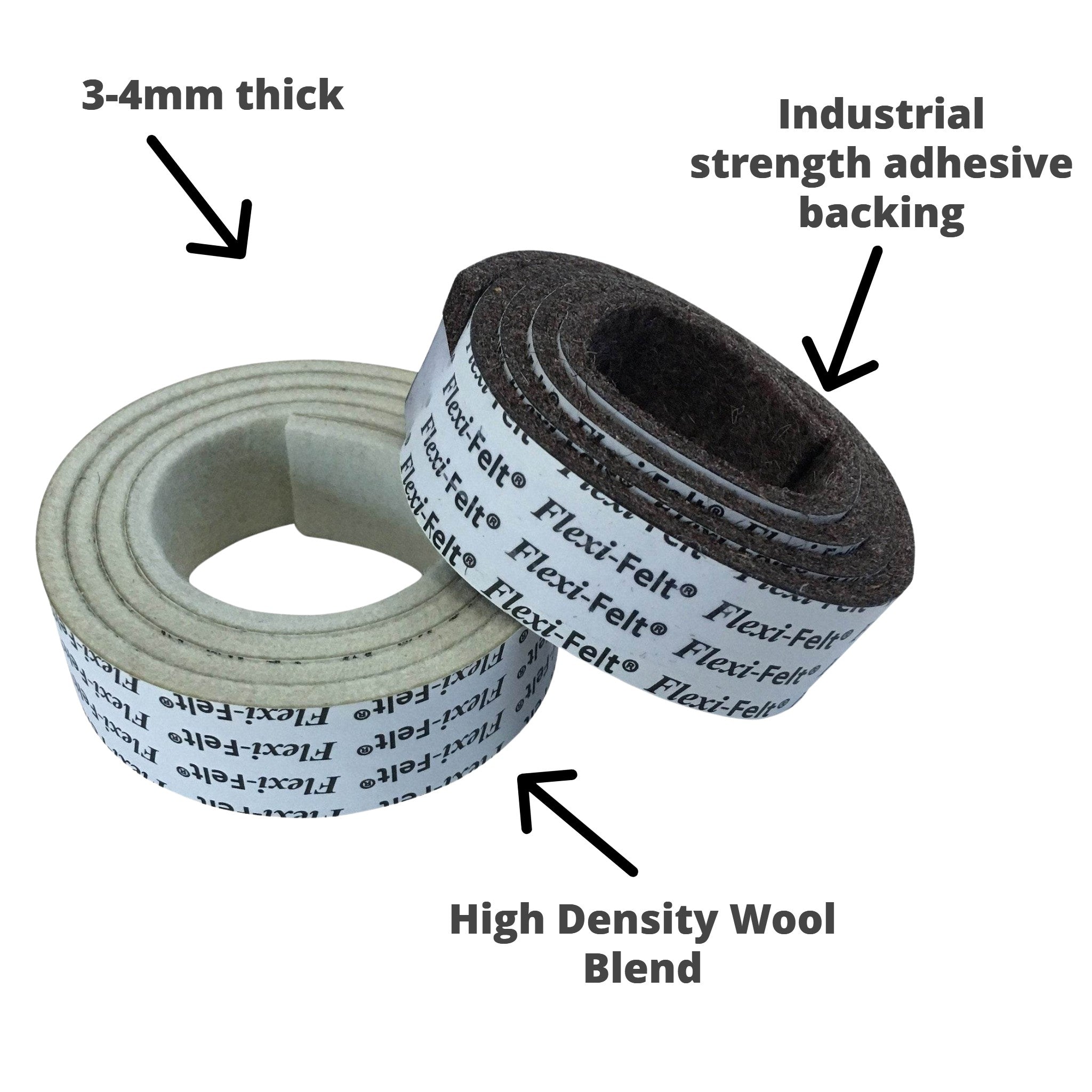
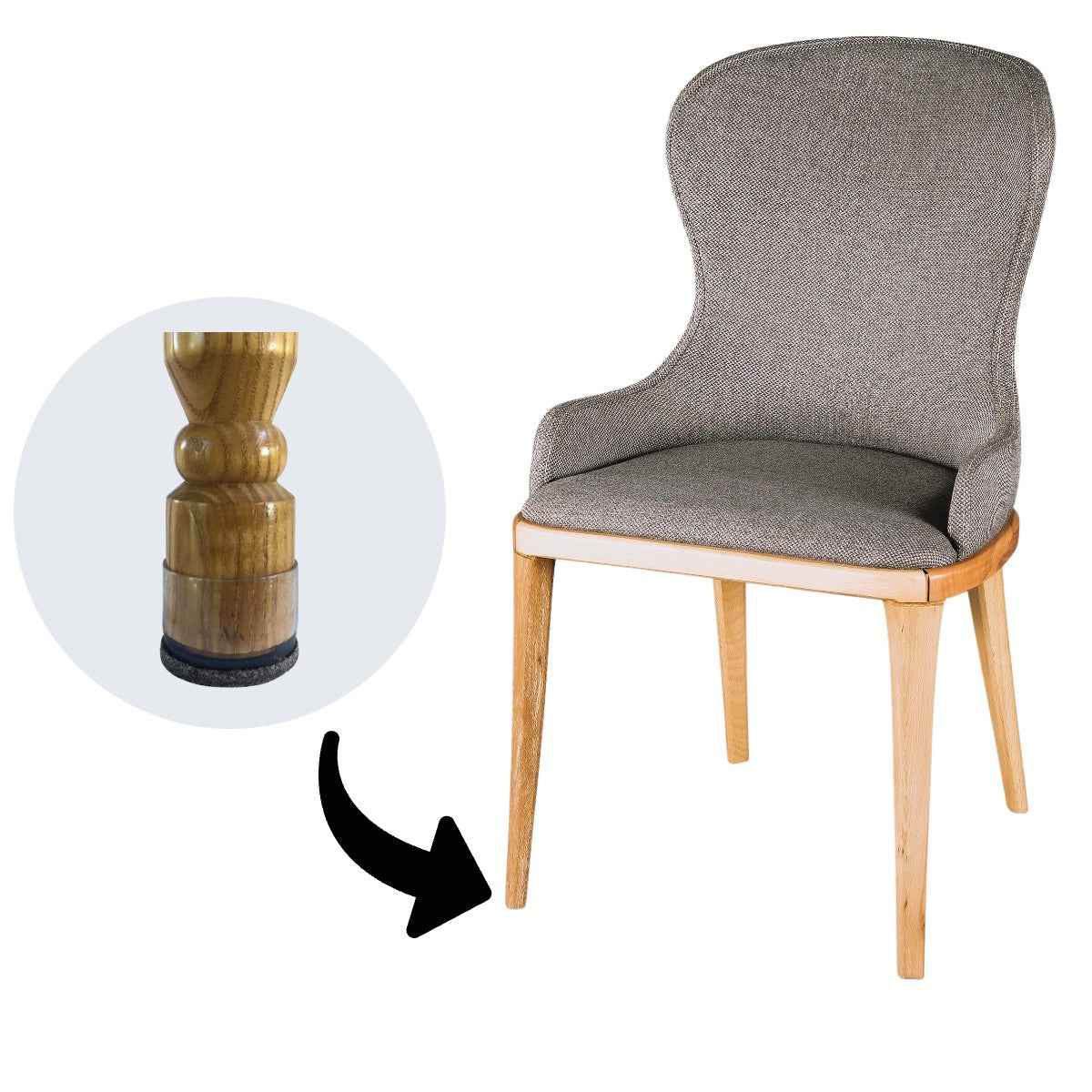
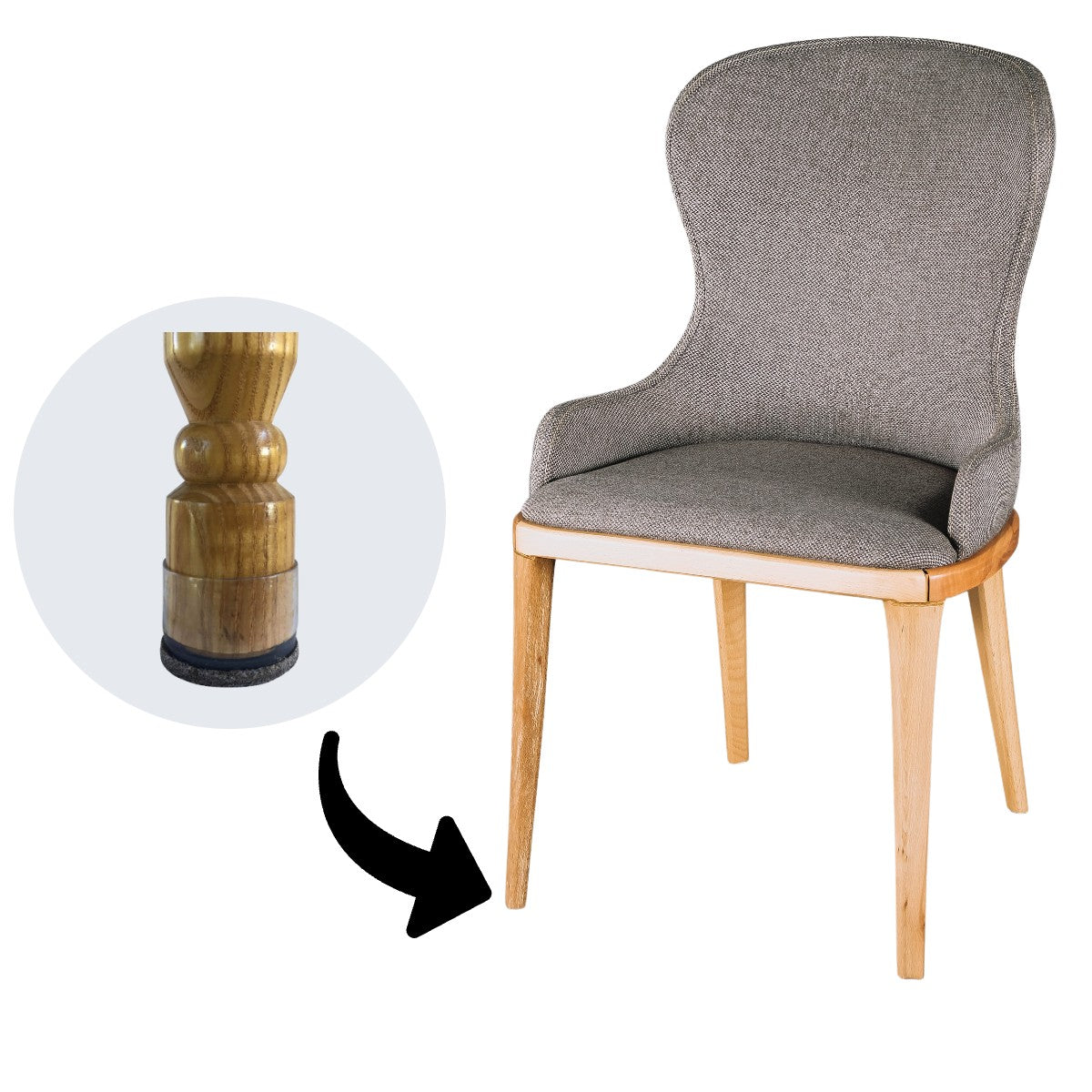
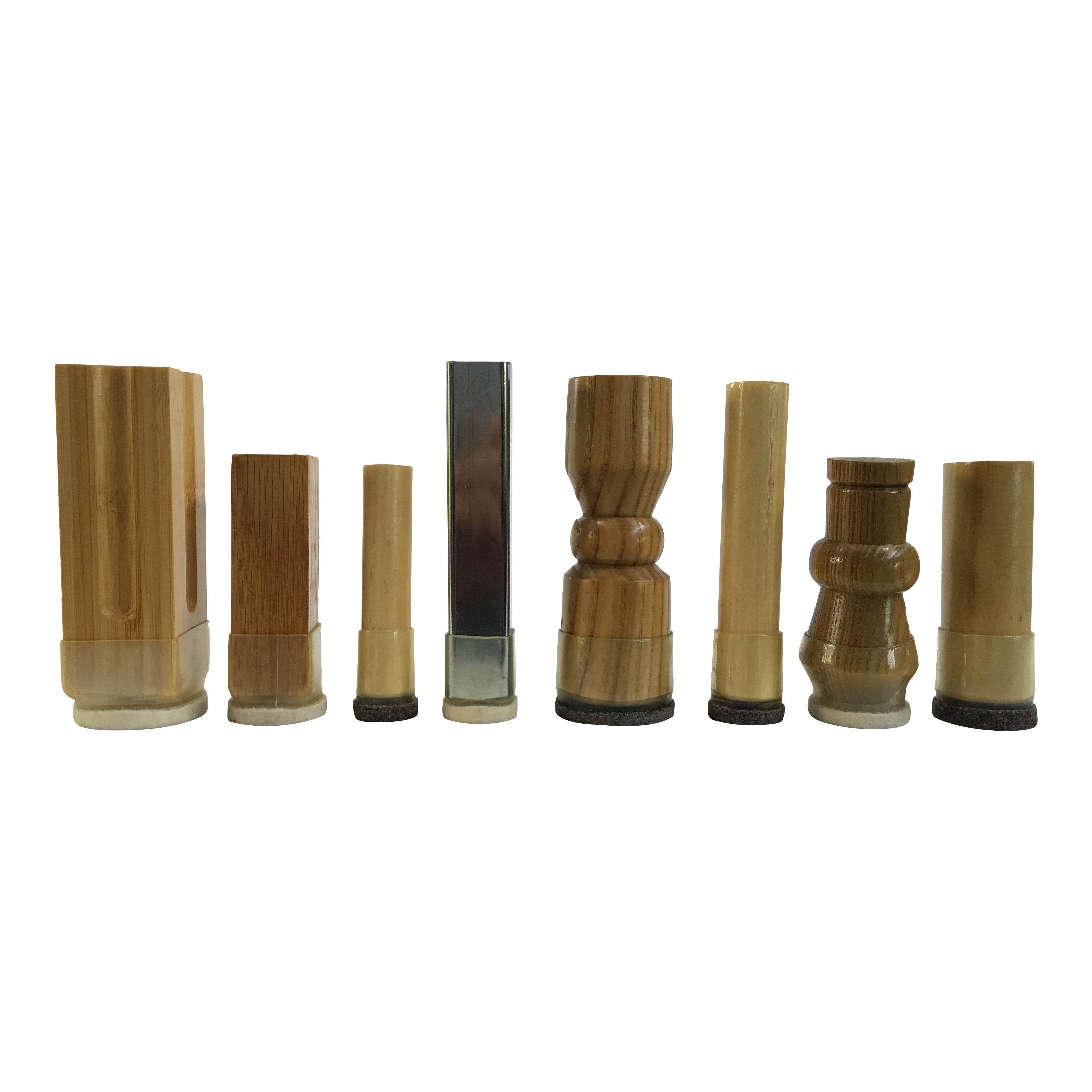
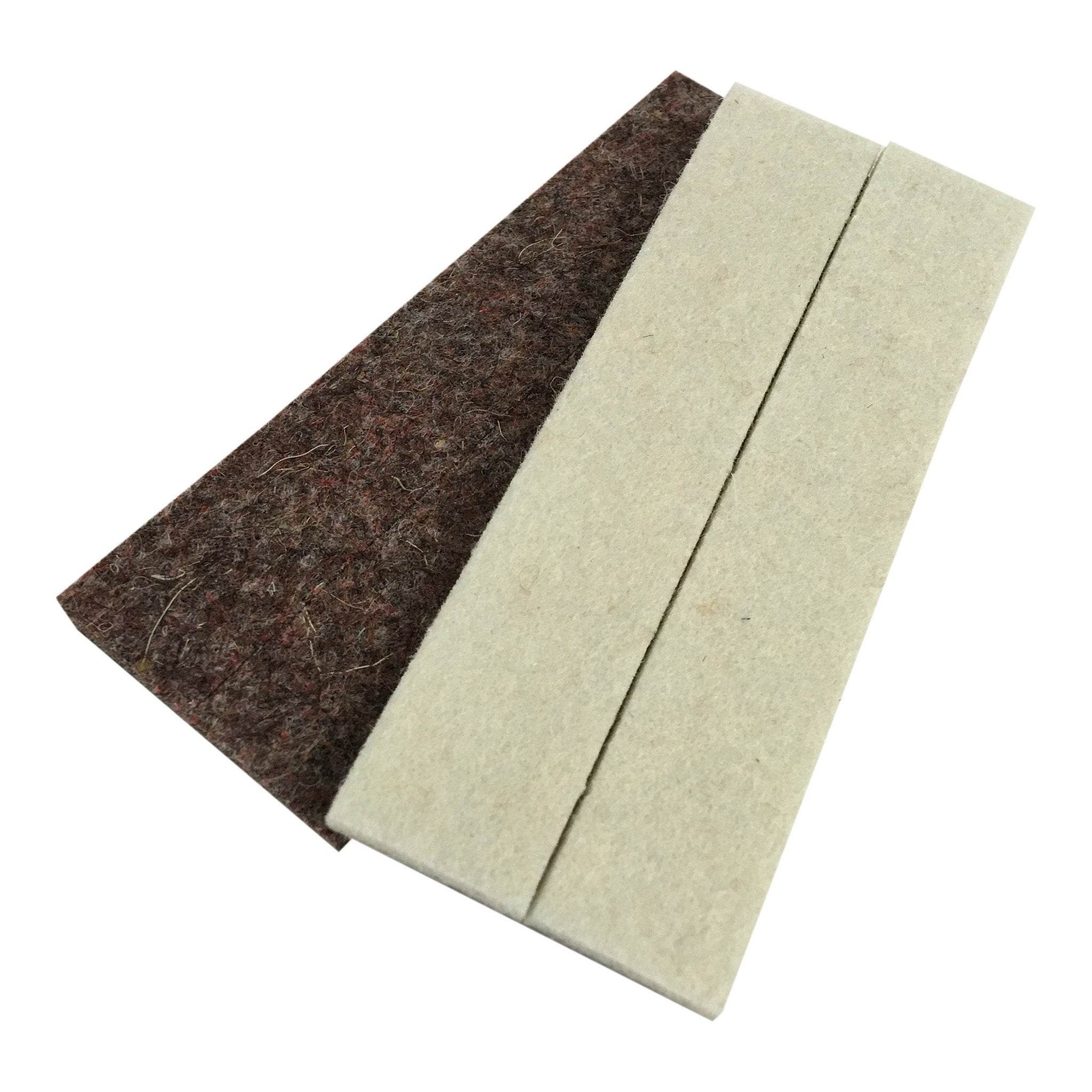
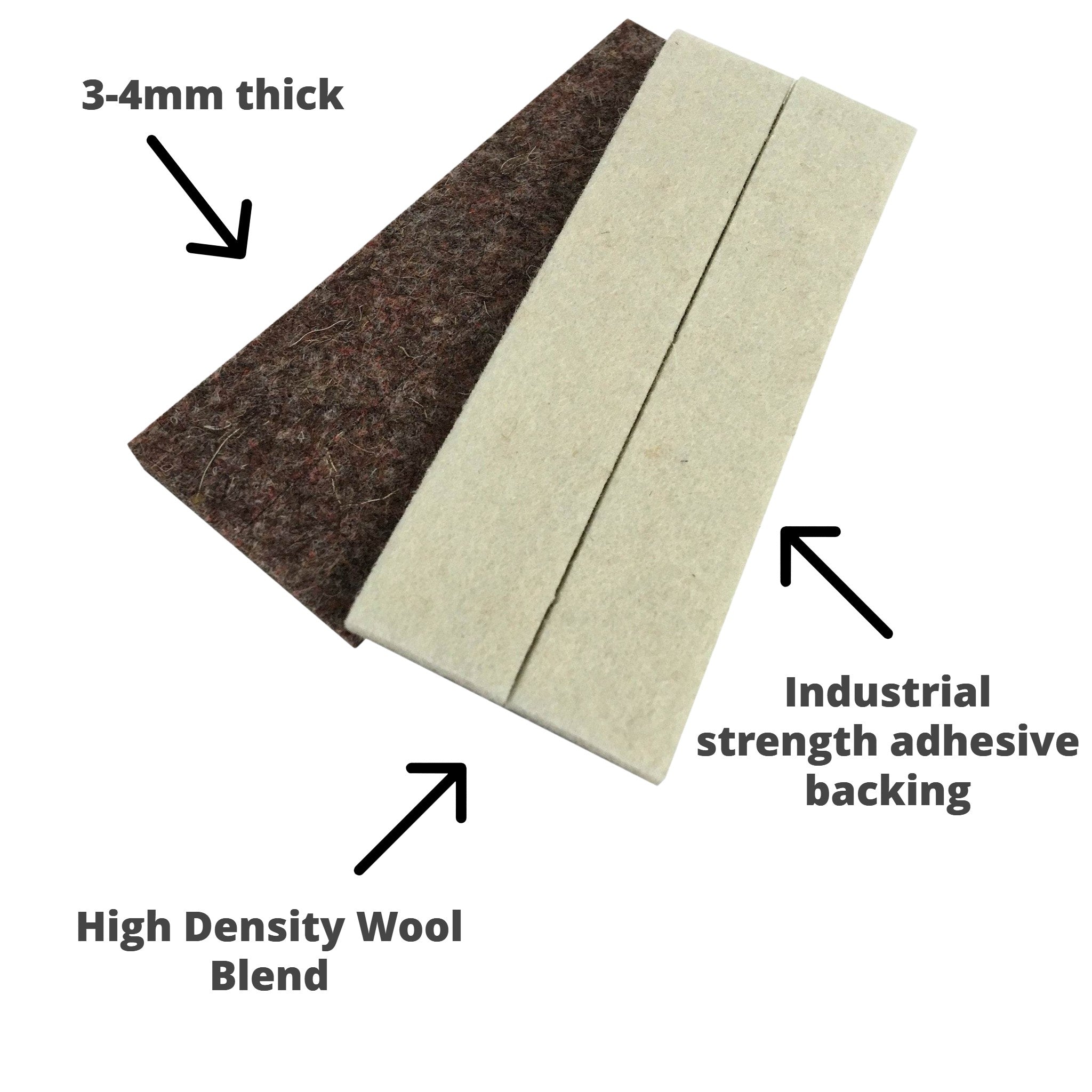
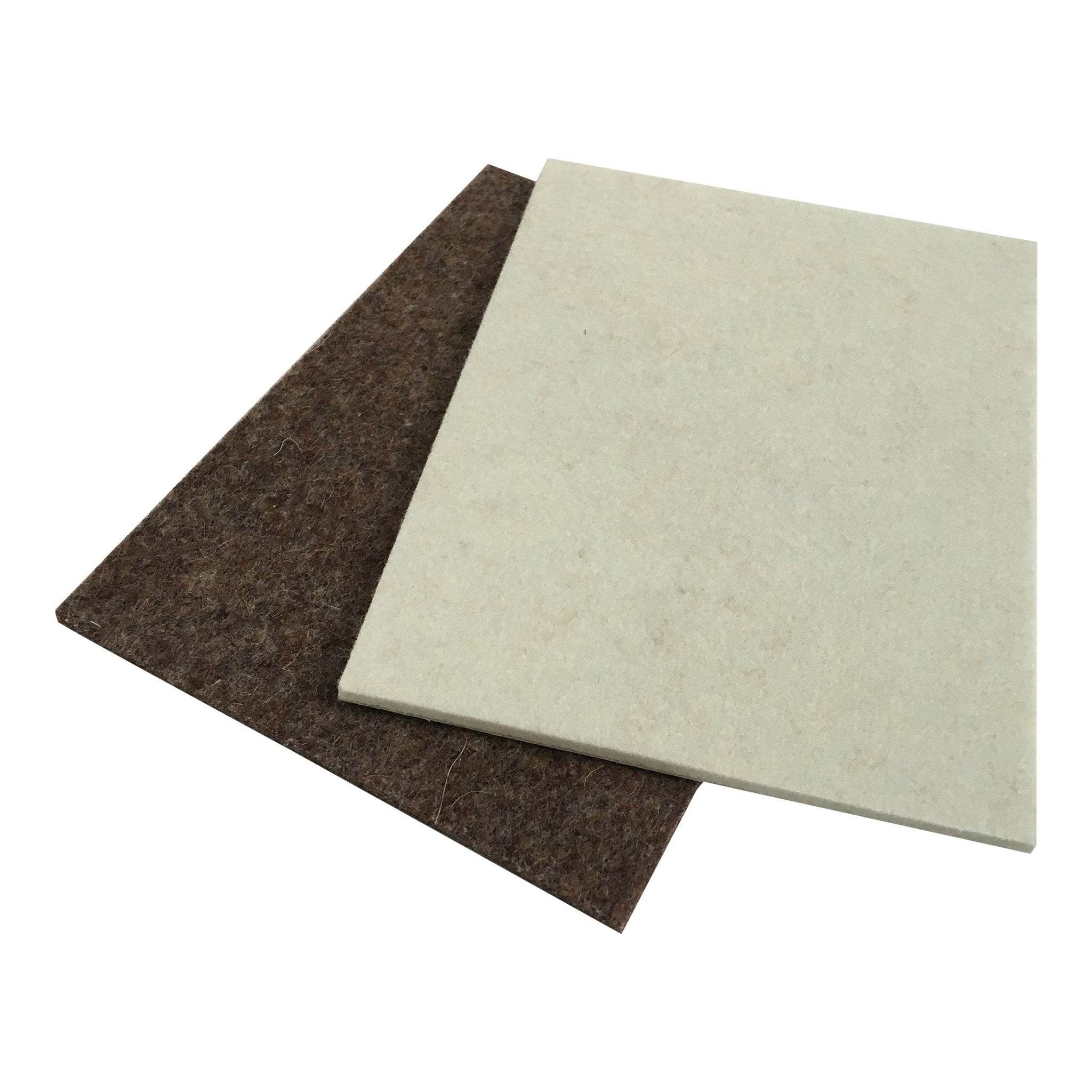
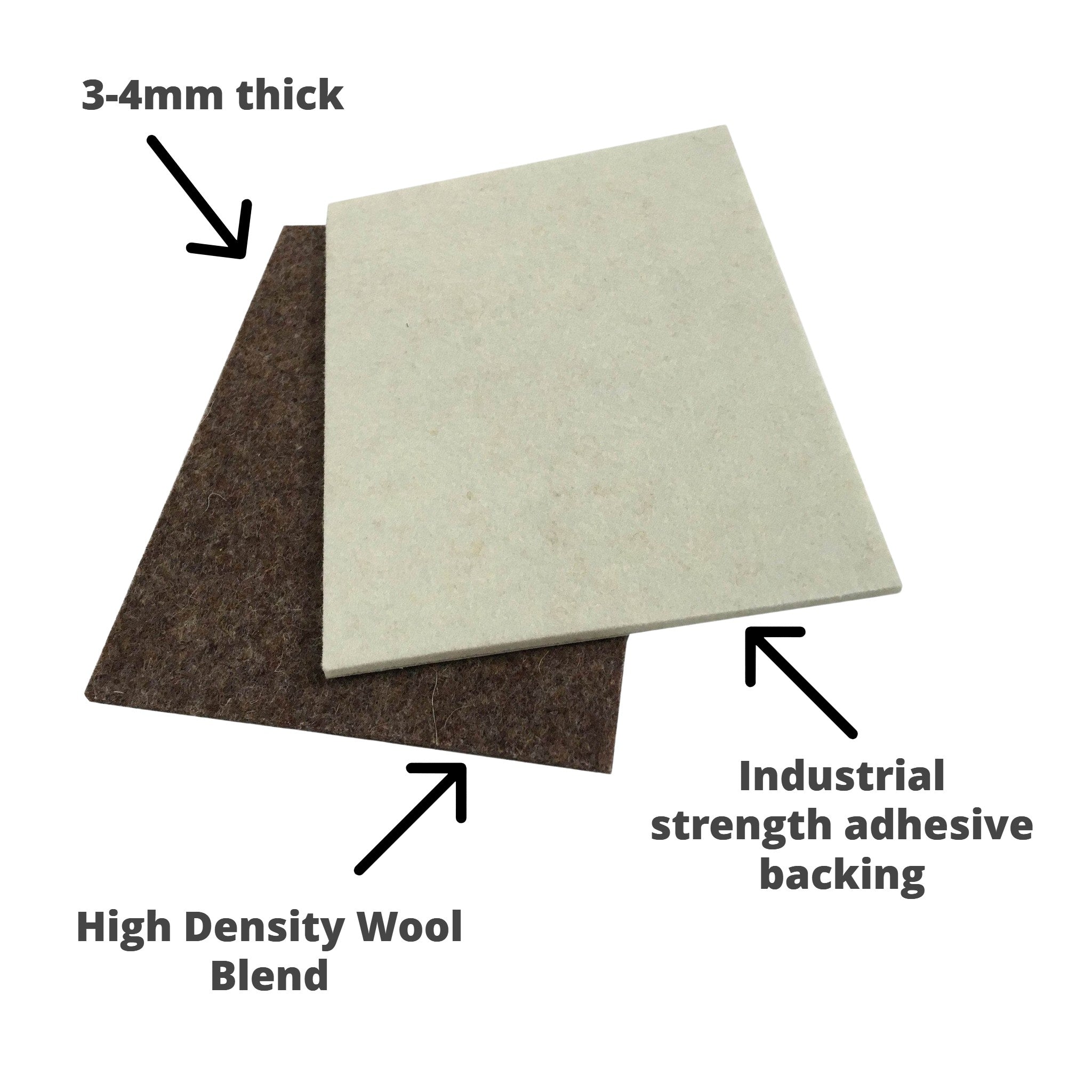
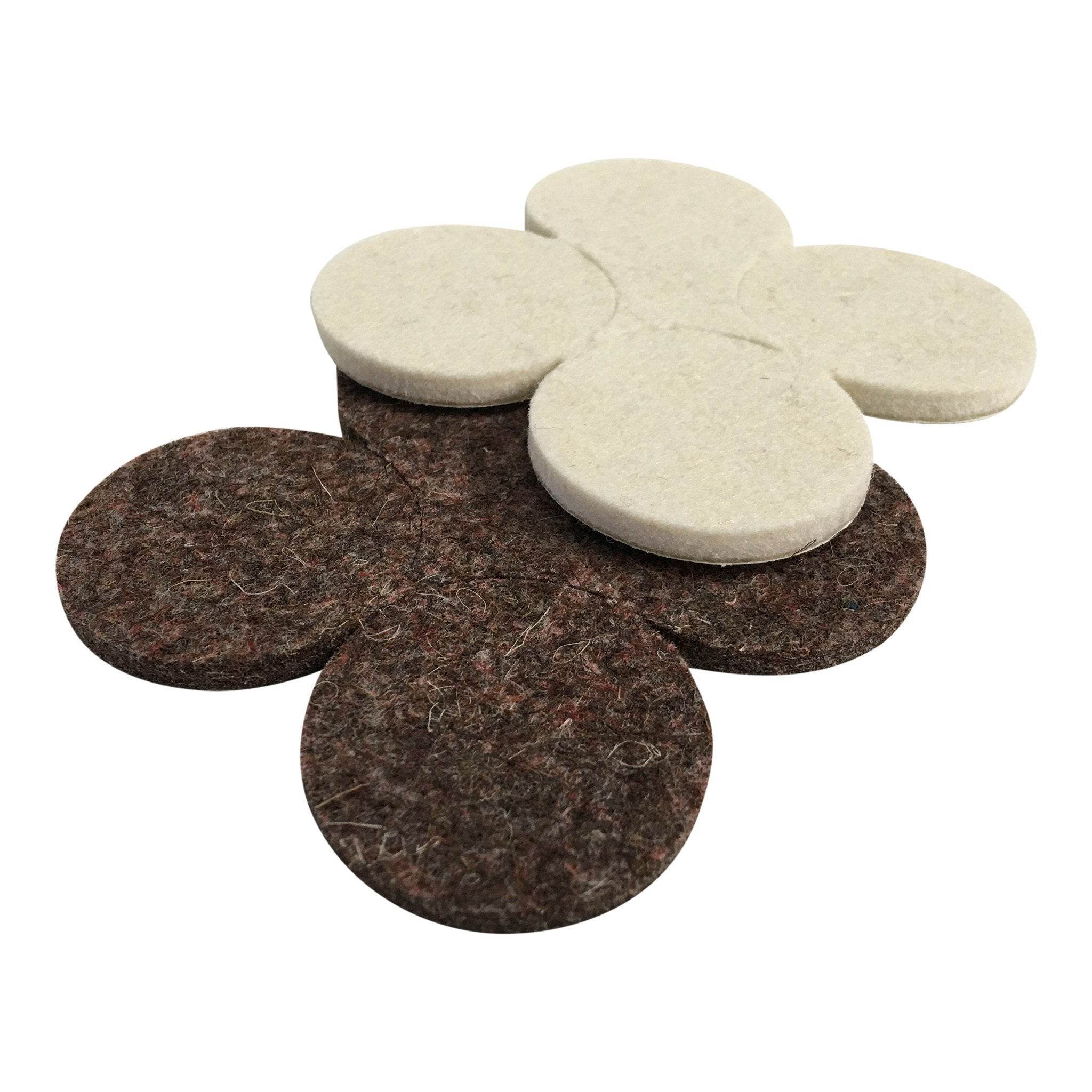
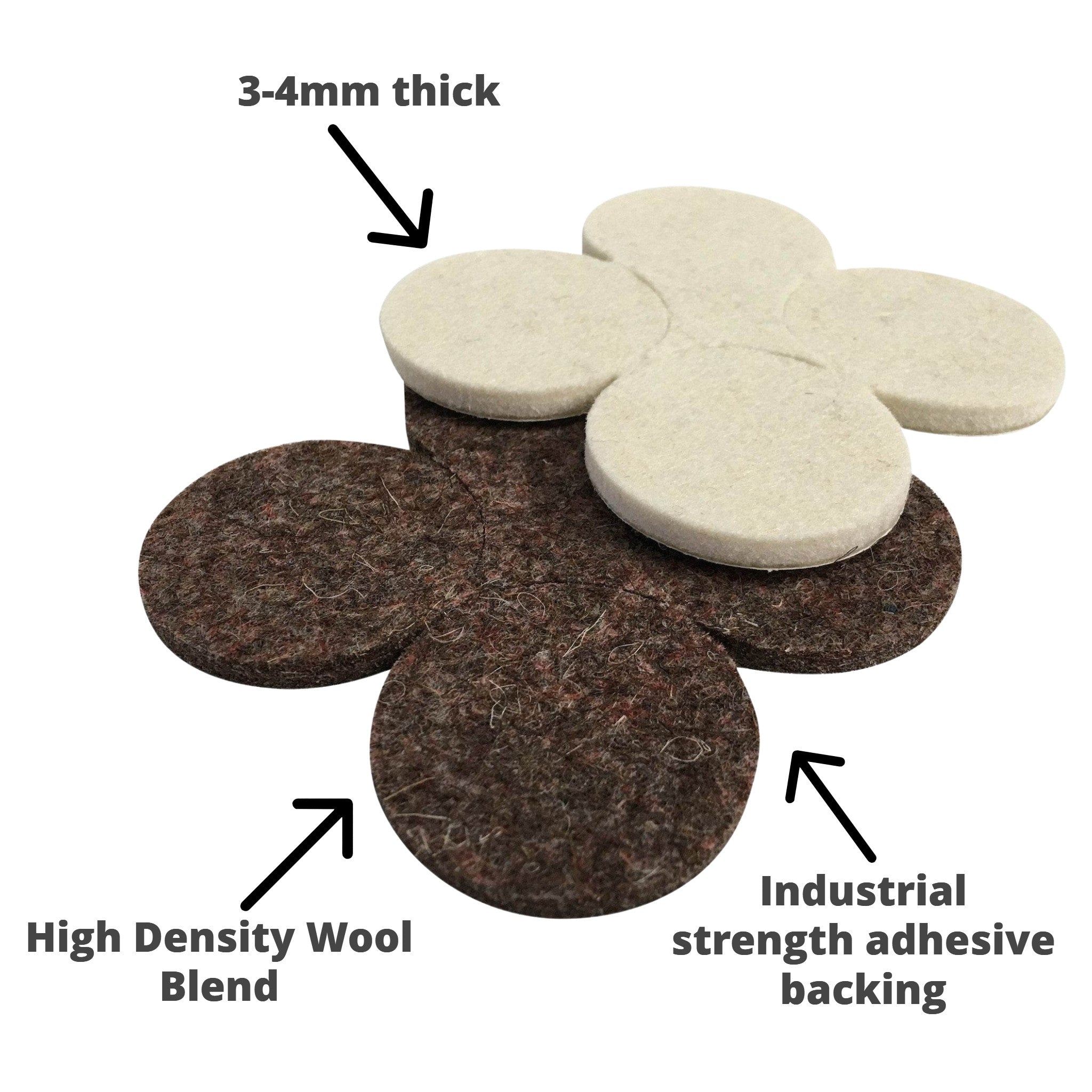
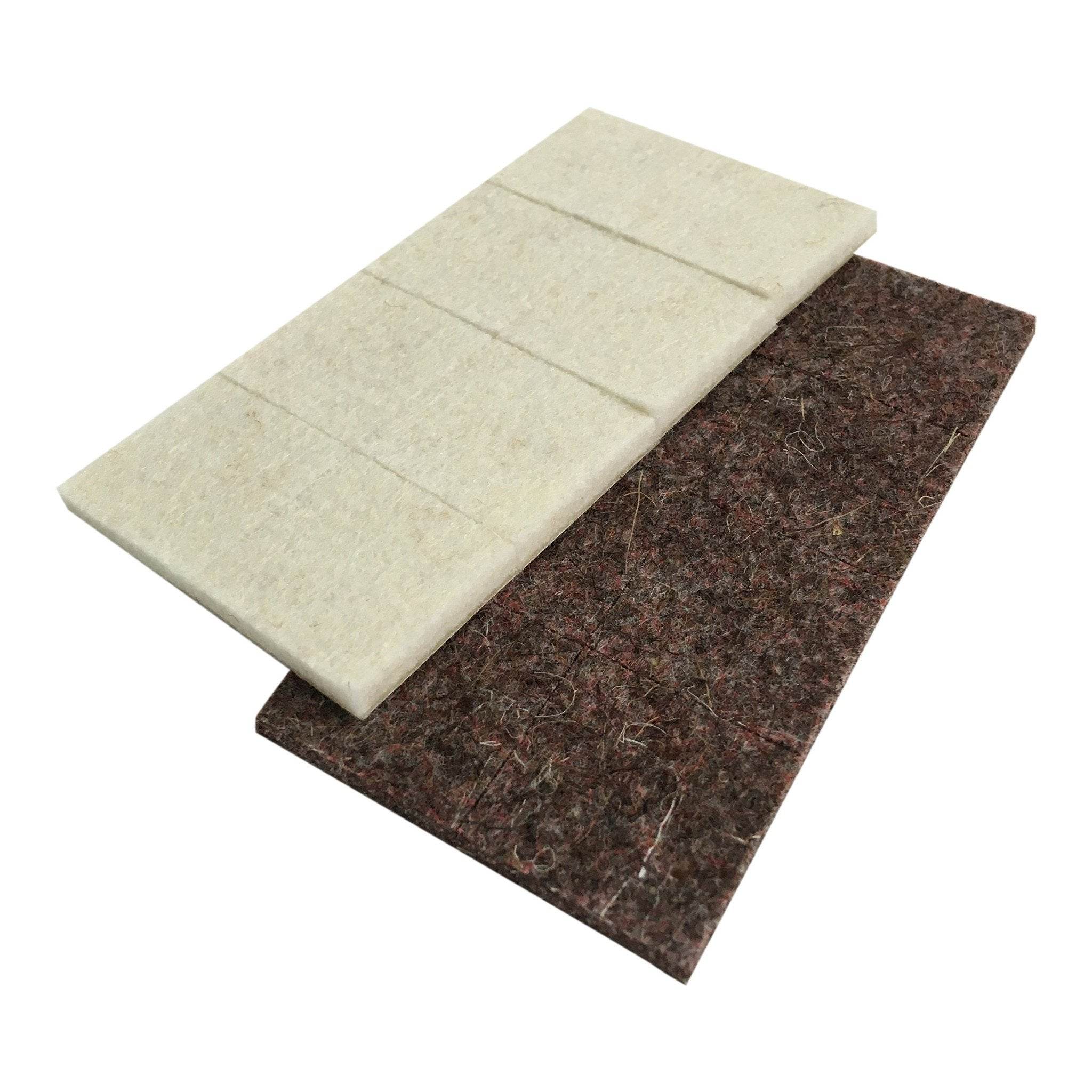
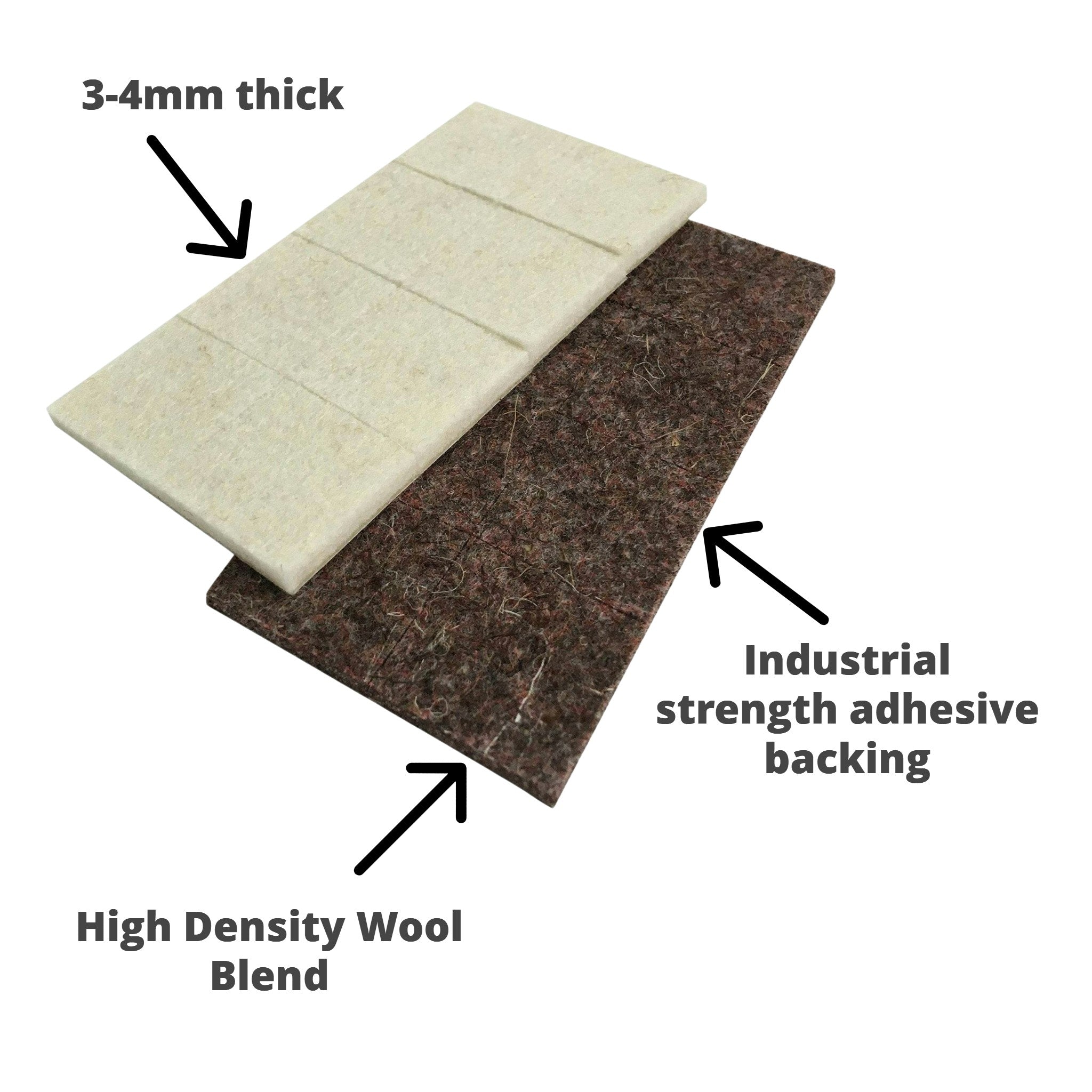
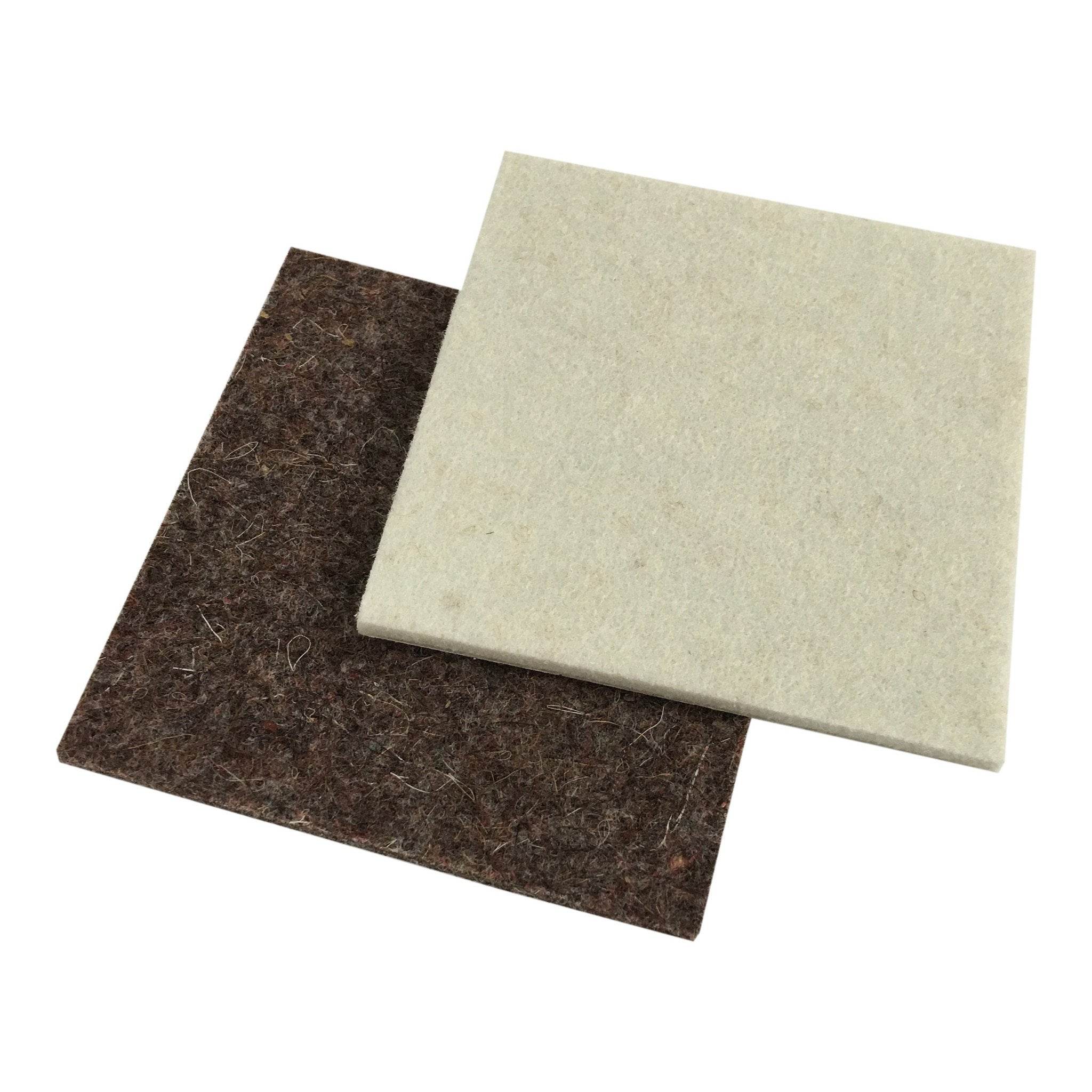
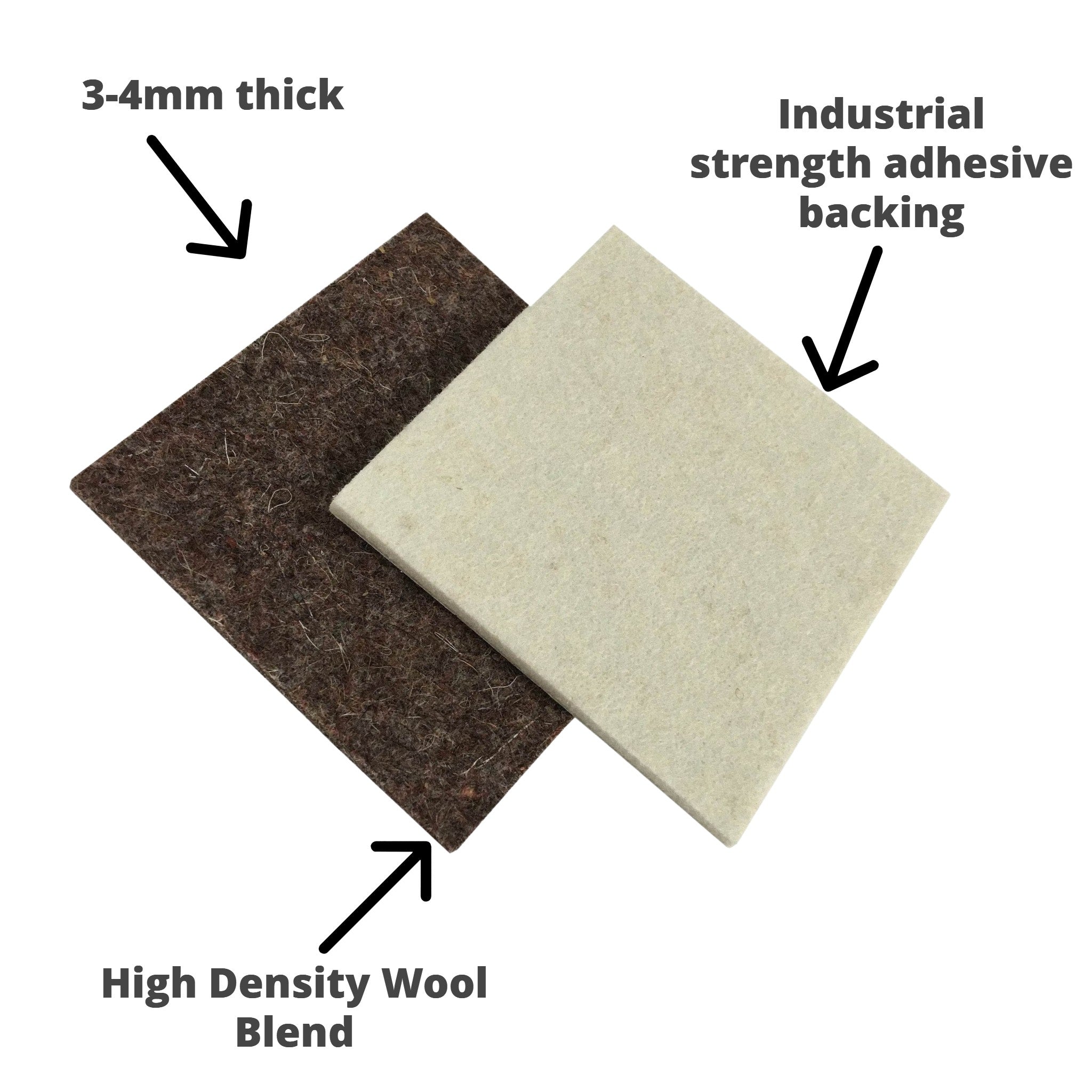
Leave a comment
This site is protected by hCaptcha and the hCaptcha Privacy Policy and Terms of Service apply.